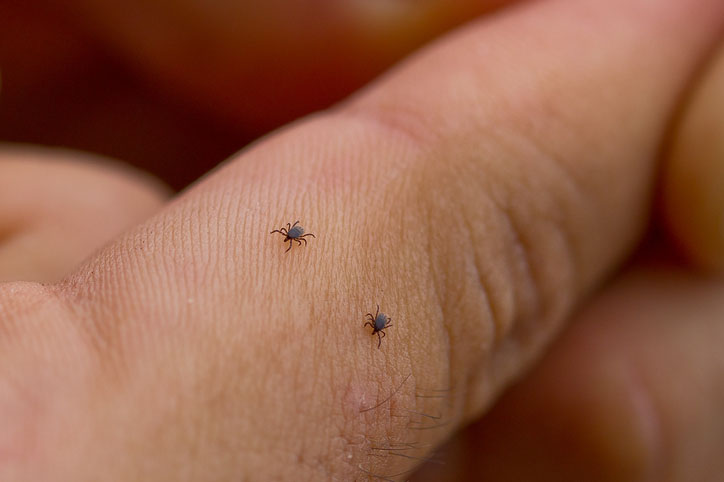Hives and Rashes (Urticaria) in Dogs
- Skin Disorders of Dogs
- Structure of the Skin in Dogs
- Dermatitis and Dermatologic Problems in Dogs
- Diagnosis of Skin Disorders in Dogs
- Treatment of Skin Disorders in Dogs
- Congenital and Inherited Skin Disorders in Dogs
- Allergies in Dogs
- Abscesses Between the Toes (Interdigital Furunculosis) in Dogs
- Contagious Ecthyma (Orf, Contagious Pustular Dermatitis, Sore Mouth) in Dogs
- Dermatophilosis in Dogs
- Eosinophilic Granuloma Complex in Dogs
- Fleas of Dogs
- Flies and Mosquitoes of Dogs
- Hair Loss (Alopecia) in Dogs
- Hives and Rashes (Urticaria) in Dogs
- Hygroma in Dogs
- Hyperpigmentation in Dogs
- Itching (Pruritus) in Dogs
- Lice of Dogs
- Mite Infestation (Mange, Acariasis, Scabies) in Dogs
- Nasal Dermatoses in Dogs
- Parasitic Worms of the Skin in Dogs
- Photosensitization in Dogs
- Pyoderma in Dogs
- Ringworm (Dermatophytosis) in Dogs
- Seborrhea in Dogs
- Ticks of Dogs
- Tumors of the Skin in Dogs
- Whole-body Disorders that Affect the Skin in Dogs
Hives or skin rashes (urticaria) are localized patches of red, usually itchy, skin. They often develop and disappear suddenly. Hives are relatively uncommon in dogs. The most frequent causes are insect bites or stings, shampoos, and medications. Other causes include contact with toxic plants or chemicals. Friction, sunlight, heat, exercise, stress, and genetic abnormalities may cause or intensify the rash. Hives may develop after inhaling or consuming allergens.
The wheals (eruptions) appear within a few minutes or hours of exposure to the causative agent. In severe cases, the skin eruptions are preceded by fever, poor appetite, or dullness. They can develop on any part of the body but occur mainly on the back, flanks, neck, eyelids, and legs. In advanced cases, they may be found on the mucous membranes of the mouth, nose, lining of the eyes, rectum, and vagina.
Often, hives disappear as rapidly as they arise, usually within a few hours. Treatment may not be required. They may return rapidly if exposure to the cause is not eliminated, however. Treatment may include rapid-acting corticosteroids. If hives are chronic, environmental or food allergens should be considered as potential causes.
- Skin Disorders of Dogs
- Structure of the Skin in Dogs
- Dermatitis and Dermatologic Problems in Dogs
- Diagnosis of Skin Disorders in Dogs
- Treatment of Skin Disorders in Dogs
- Congenital and Inherited Skin Disorders in Dogs
- Allergies in Dogs
- Abscesses Between the Toes (Interdigital Furunculosis) in Dogs
- Contagious Ecthyma (Orf, Contagious Pustular Dermatitis, Sore Mouth) in Dogs
- Dermatophilosis in Dogs
- Eosinophilic Granuloma Complex in Dogs
- Fleas of Dogs
- Flies and Mosquitoes of Dogs
- Hair Loss (Alopecia) in Dogs
- Hives and Rashes (Urticaria) in Dogs
- Hygroma in Dogs
- Hyperpigmentation in Dogs
- Itching (Pruritus) in Dogs
- Lice of Dogs
- Mite Infestation (Mange, Acariasis, Scabies) in Dogs
- Nasal Dermatoses in Dogs
- Parasitic Worms of the Skin in Dogs
- Photosensitization in Dogs
- Pyoderma in Dogs
- Ringworm (Dermatophytosis) in Dogs
- Seborrhea in Dogs
- Ticks of Dogs
- Tumors of the Skin in Dogs
- Whole-body Disorders that Affect the Skin in Dogs





